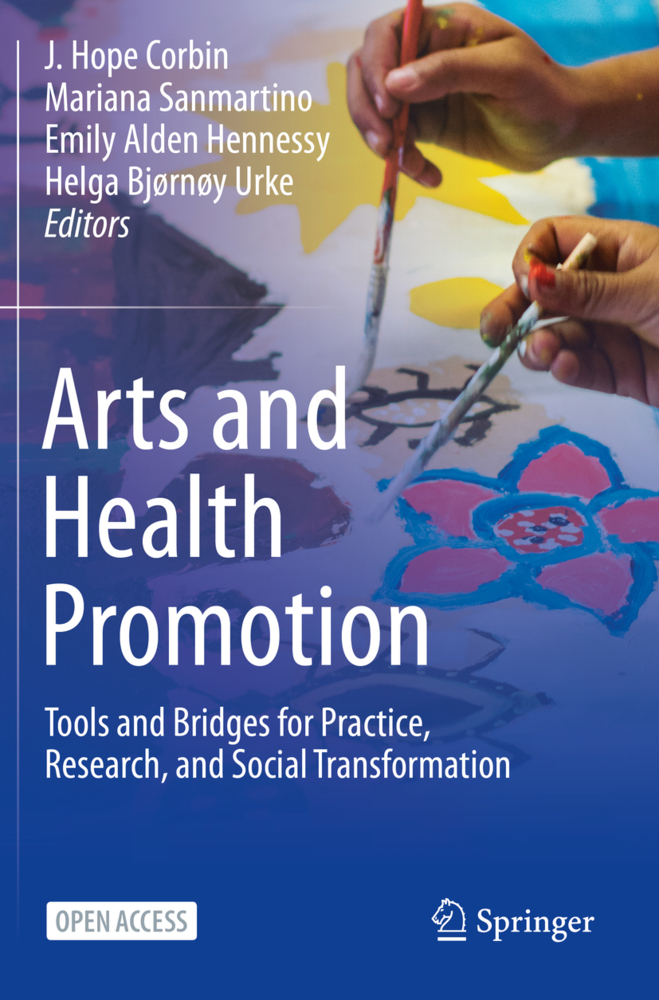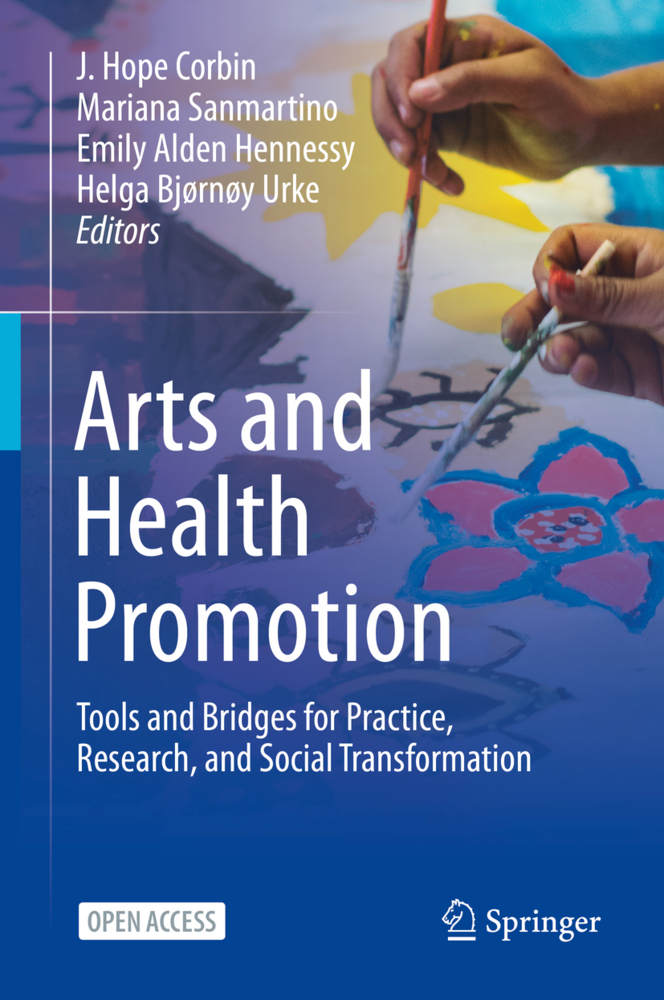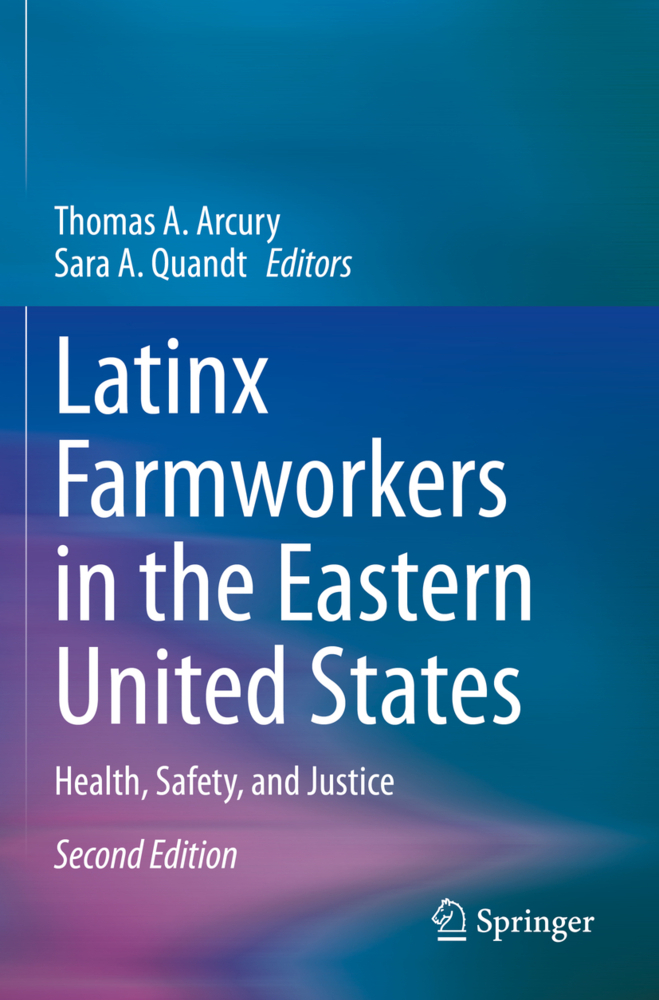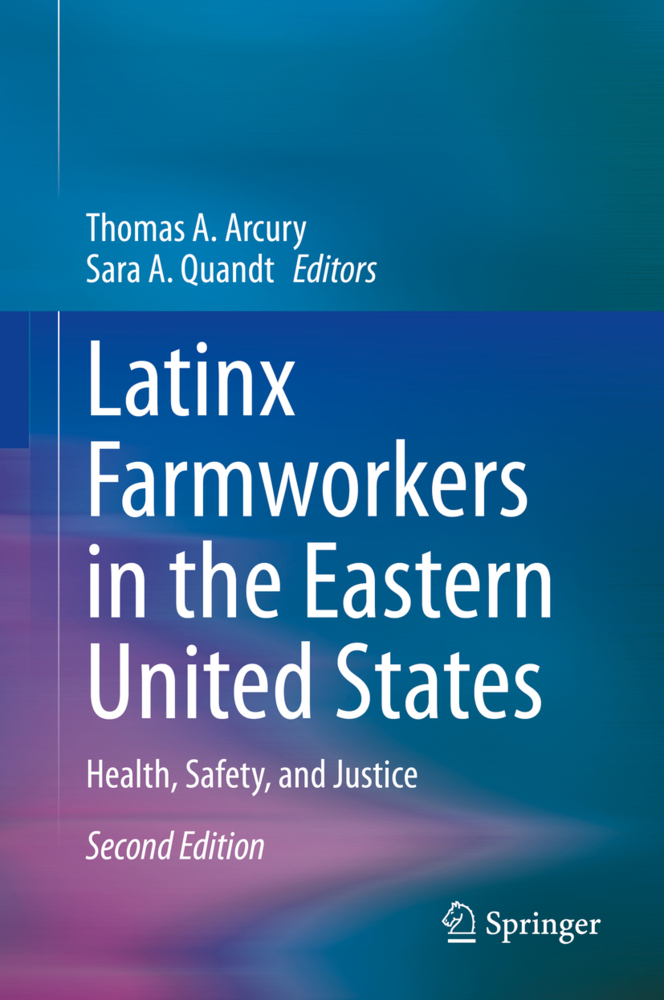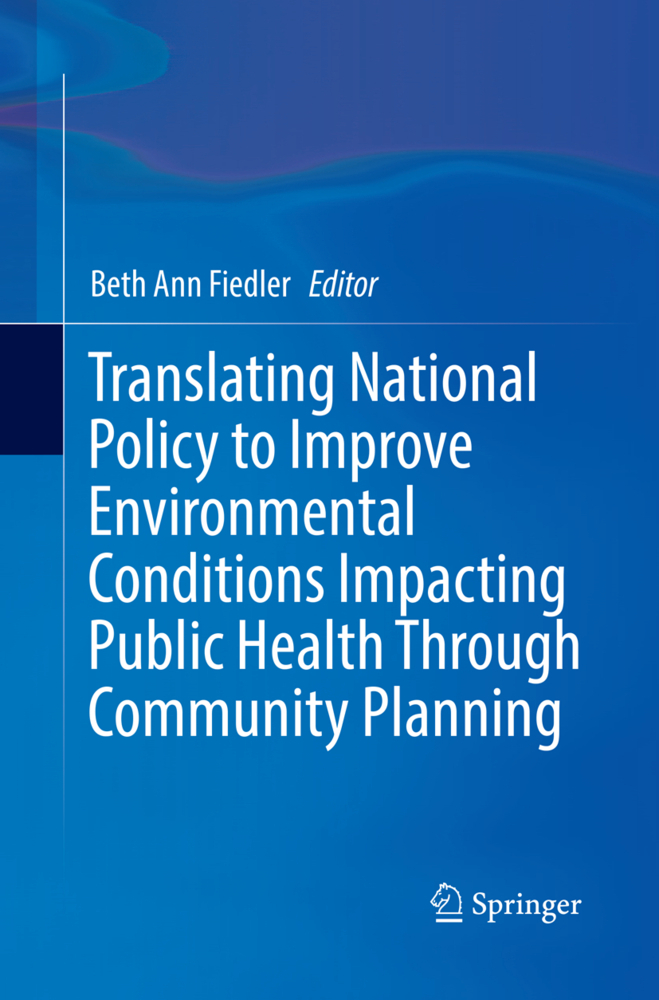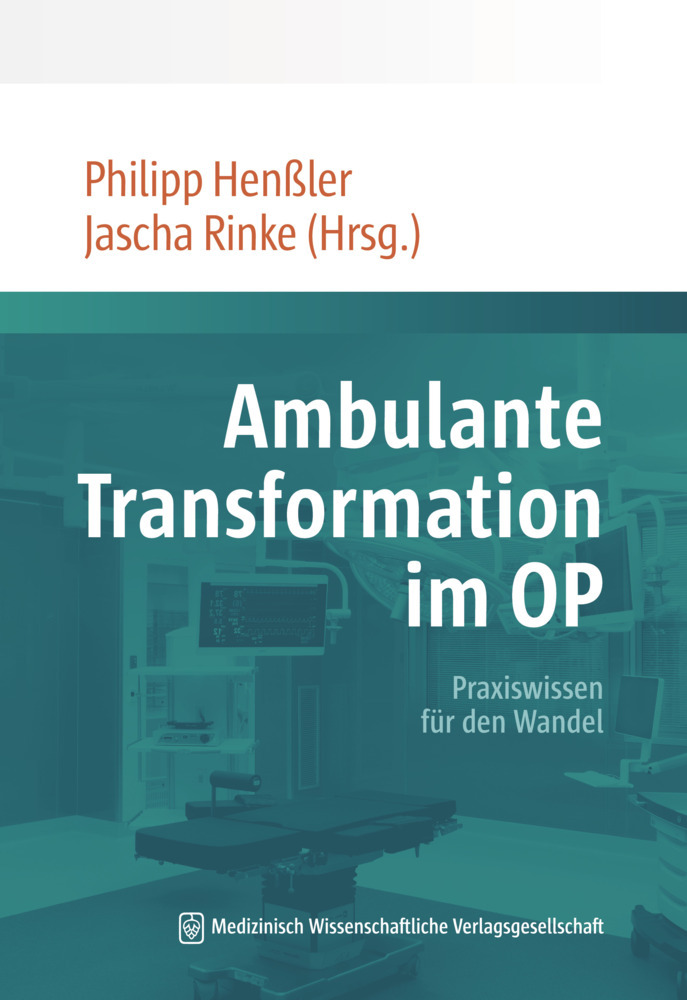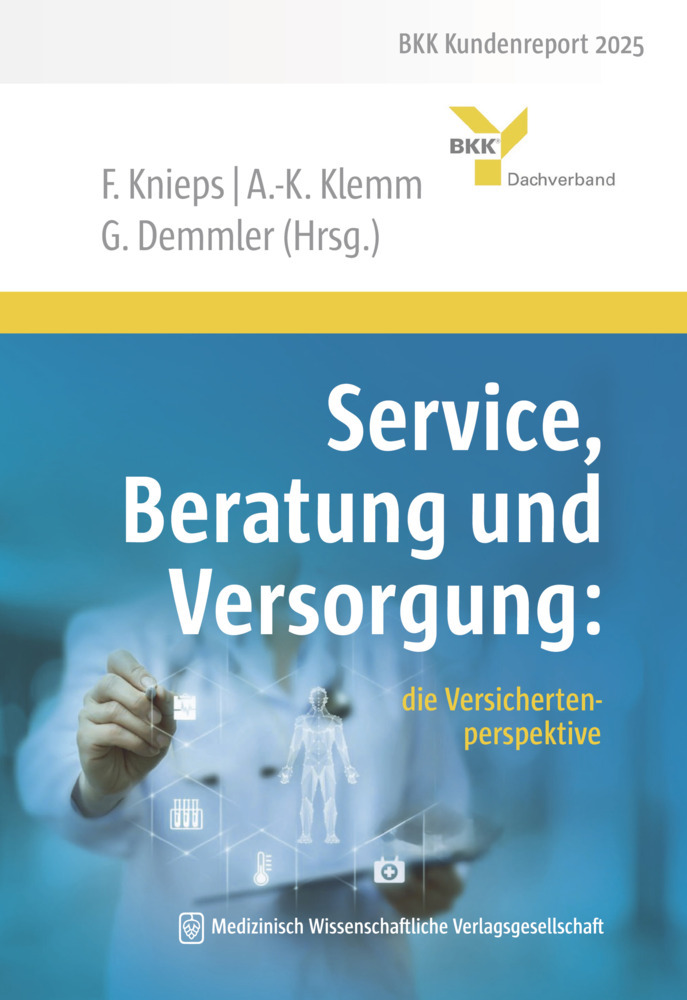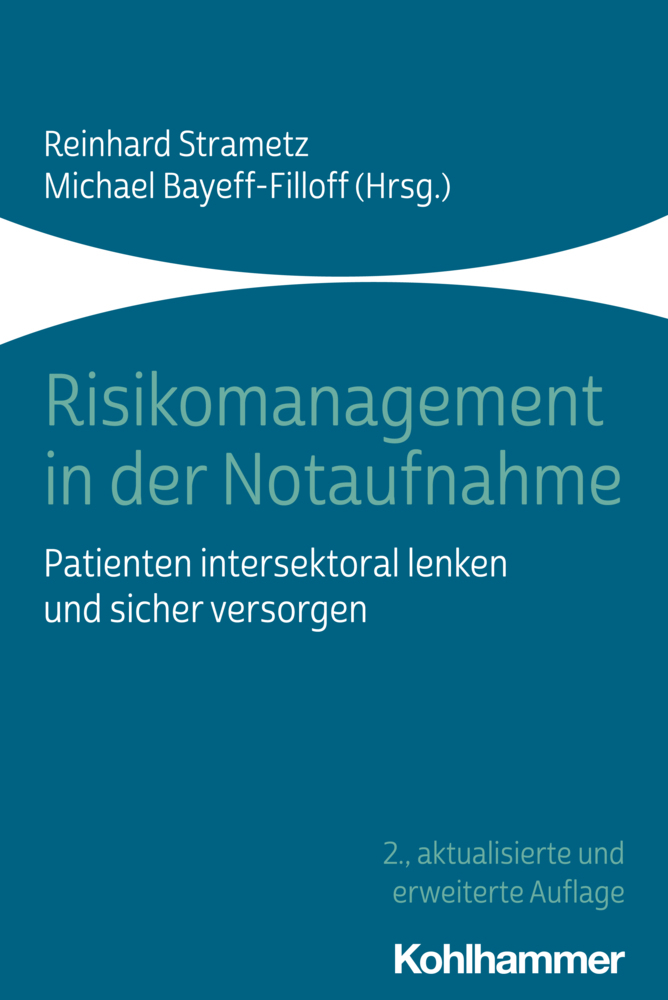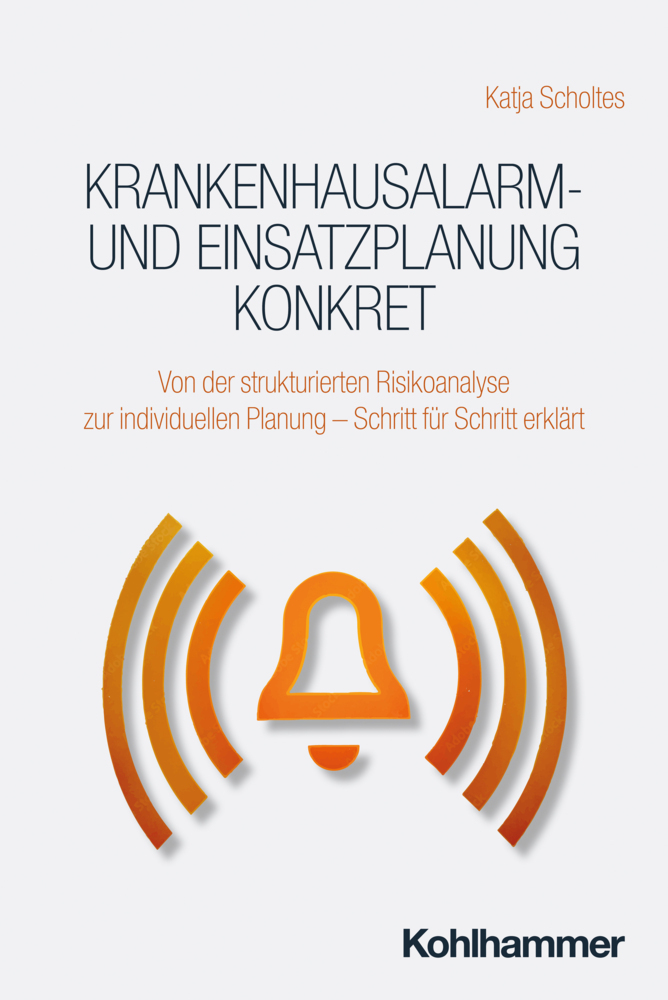Handbook of Social Inclusion
Handbook of Social Inclusion
Social inclusion stems from the ideal of an inclusive society where each individual can feel valued, differences between individuals are respected, needs of each person are met, and everyone can live with dignity as "the norm" (Cappo 2015). Community participation and interpersonal connections' dynamics that accommodate access to positive relationships, resources, and institutions can lead to social inclusion (Tua & Barnerjee 2019: 110). Social inclusion can explain why some individuals are situated at the centre of society or at its margins, as well as the consequences of the social layer in society (Allman 2015).
Closely related to the concept of social inclusion is social exclusion. Social exclusion refers to "the process of marginalising individuals or groups of a particular society and denying them from full participation in social, economic and political activities" (Tancharoenathien et al. 2018: 3). Social exclusion is marked by unequal access to capabilities, rights, and resources. It is "a multi-dimensional process driven by unequal power relationships across four dimensions - economic, political, social and cultural" (Taket et al. 2014: 3-4). It engages at the individual, household, community, nation, and global levels. Social exclusion renders some individuals or groups to social vulnerability. Thus, these individuals or communities are unable to prevent negative situations that impact their lives.
Methodologically, to promote social inclusion and reduce social exclusion, inclusive research methodologies must be embraced. Inclusive research refers to a "range of approaches and methods and these may be referred to in the literature as participatory, emancipatory, partnership and user-led research - even peer research, community research, activist scholarship, decolonizing or indigenous research" (Nind 2014: 1). Terms such as collaborative research and community-based participatory action research (CBPR) have also been referred to as inclusive research methodology.
As Nind (2014) suggests, the term inclusive research can be adopted across disciplines and research fields within the paradigm of social inclusion. Hence, research and examples that are classified as inclusive research methods are included in this reference.
This reference work covers a wide range of issues pertaining to the social inclusion paradigm. These include the theoretical frameworks that social inclusion can be situated within, research methodologies and ethical consideration, research methods that enhance social inclusion (PAR and inclusive research methods), issues and research that promote social inclusion in different communities/individuals, and programs and interventions that would lead to more social inclusion in society.
The aims and scope of the reference are to provide discussions about:
- social inclusion and social exclusion in different societies;
- theories that are linked to social inclusion and exclusion;
- research methodologies that enhance social inclusion;
- inclusive research methods that promote social inclusion in vulnerable and marginalised groups of people;
- discussions about issues and research with diverse groups of vulnerable and marginalised individuals and communities;
- discussions regarding programs and interventions that can lead to more social inclusion in vulnerable and marginalised people.
Preface - Pranee Liamputtong
Chapter 1: Social inclusion, research and practices in health and social care: Setting the scene - Pranee Liamputtong (Western Sydney University, Australia)
Part 1: Toward Social Inclusion in Research and Practices: Theoretical Backgrounds
Chapter 2: Sociology of social inclusion - Dan Allma (University of Toronto, Canada) (dan.allman@utoronto.ca)Chapter 3: Social determinants of health and social inclusion - Pranee Liamputtong & Zoe Sanipreeya Rice (Western Sydney University, Australia)
Chapter 4: Social inclusion and social capital and social support - Pranee Liamputtong & Zoe Sanipreeya Rice (Western Sydney University, Australia)
Chapter 5: Social inclusion and social justice - Sharon M Yanicki et al. (University of Lethbridge, Canada) (yanism@uleth.ca)
Chapter 6: Social inclusion and human rights: Theoretical discussions - Ann Taket (Deakin University, Australia)
Chapter 7: Stigma, discrimination and social inclusion: Theoretical discussions - Pranee Liamputtong & Zoe Sanipreeya Rice (Western Sydney University, Australia)
Chapter 8: Cultural humility and social inclusion - Ranford Danso (Ryerson University, Canada) (rdanso@ryerson.ca)
Chapter 9: Cultural competence and social inclusion - Tinashe Dune, Kim McLeod & Robyn Williams (Western Sydney University, University of Tasmania & Charles Darwin University, Australia) (T.Dune@westernsydney.edu.au; kimmcleod@unitas.edu.au; madmaggy12@gmail.com)
Chapter 10: The capability approach and social inclusion -
Chapter 11: Occupational justice and social inclusion - Gail Whiteford (Charles Sturt University, Australia) (gwhiteford@csu.edu.au)Chapter 12: Intersectionality: Guiding principles for participatory research with marginalised and vulnerable individuals - Pranee Liamputtong & Zoe Sanipreeya Rice (Western Sydney University, Australia)
Chapter 13: The responsive theory of social exclusion - Gili Freedman (Department of Film & Media Studies, Dartmouth College, USA) (gili.freedman@gmail.com)
Chapter 14: The empathy framework and social inclusion - Eric Leake (Texas State University, USA) (eleake@txstate.edu)
Chapter 15: Abundance, resilience and trust: A new framework for social inclusion - Derek Cook (Ambrose University, Canada) (Derek.Cook@ambrose.edu)
Chapter 16: The happiness framework and social inclusion - Scott Cloutier & Deirdre Pfeiffer (Arizona State University CCA, USA) (Scott.Cloutier@asu.edu)
Part 2: Social Inclusion: Methodological and Ethical Considerations
Chapter 17: Inclusive research: Conversations between Jan Walmsley and 2 persons living with disabilities - Jan Walmsley, Open University, UK (janwalmsleyassociates@gmail.com)Chapter 18: Qualitative inquiry and social inclusion - Pranee Liamputtong & Zoe Sanipreeya Rice (Western Sydney University, Australia)Chapter 19: Social determinants of health and social inclusion: The role of social epidemiology - Rayner Tang (National University of Singapore, Singapore)
Chapter 20: Interdisciplinary collaboration and social inclusion research - Raquel Velho et al. (University College London, UK) (raquel.velho.12@ucl.ac.uk)
Chapter 21: Mixed methods in social inclusion research: Opportunities and challenges - Thilo Kroll et al.??? (University of Dundee, Scotland, UK) (t.kroll@dundee.ac.uk)/ Vivian Louie (Hunter College, Urban Policy & Planning, USA) (vl923@hunter.cuny.edu)
Chapter 22: From 'on' to 'with' to 'by': Creating a space for the third wave of inclusive research - Paul Milner (Donald Beasley Institute, New Zealand), Patsie Frawley (Deakin University, Australia) & Brigit Mirfin-Veitch (Donald Beasley Institute, New Zealand) (pmilner@donaldbeasley.org.nz)
Chapter 23: Sensitive research, marginalised people and inclusive research methods - Pranee Liamputtong & Zoe Sanipreeya Rice (Western Sydney University, Australia)
Chapter 24: Participatory research: Co-production of knowledge research and social inclusion - Pranee Liamputtong & Zoe Sanipreeya Rice (Western Sydney University, Australia)
Chapter 25: Using participatory arts-based approaches to promote inclusive research - Lee-Ann Fenge (School of Health and Social Care, Bournemouth University, UK) (lfenge@bournemouth.ac.uk)
Chapter 26: Safe and inclusive research practices for qualitative research involving people with dementia: Key Issues and Strategies - Sheila Novek??? (Department of Community Health Sciences, University of Manitoba, Canada), Heather Wilkinson (Edinburgh Centre for Research on the Experiences of Dementia (E-CRED), University of Edinburgh, UK) (umnovek@myumanitoba.ca)Chapter 27: Social inclusion and research: Ethical considerations - Ana M. Sobocan (University of Ljubljana, Slovenia) (ana.sobocan@fsd.uni-lj.si)
Chapter 28: Dissemination of research knowledge and social inclusion - Cameron Ross & Catherine Flynn (Monash University, Australia) (cameron.rose@monash.edu; catherine.flynn@monash.edu)
Part 3: Striving Toward Inclusive Research: Research Methods for Doing Research Inclusively
Chapter 29: The potential of focus groups methods in doing research inclusively and supporting social inclusion - Melanie Nind (University of South Hampton, UK) Alex Kaley (Lancaster University, UK) & Ed Hall (University of Dundee, UK) (M.A.Nind@soton.ac.uk)
Chapter 30: Inclusion across geography: A qualitative survey and participatory mapping study - Amber Flethcher, Adela Kincaid & Tara McWhinney (University of Regina, Canada) (fletambe@uregina.ca)
Chapter 31: The use of photo elicitation method in research with people living with physical disabilities in Vietnam - An Thi Nguyen & Pranee Liamputtong (Monash University & Western Sydney University, Australia)
Chapter 32: Using the photo elicitation method to promote social inclusion among young refugee people from Congo in regional town in Australia - Lisa Joyce & Pranee Liamputtong (La Trobe University & Western Sydney University, Australia)
Chapter 33: Research sexual dysfunction among women in Malaysia: Photo elicitation method - Rosediani Mohamad & Pranee Liamputtong (Universiti San Malaysia, Malysia & Western Sydney University, Australia)
Chapter 34: Body mapping and youth experiencing psychosis - Katherine Boydell et al. (University of New South Wales) (k.boydell@unsw.edu.au)
Chapter 35: Body mapping and women with recurrent breast cancer in South Africa - Anri Smit (Stellenbosch University, South Africa) (anrismit@sun.ac.za)
Chapter 36: Using community mapping to enhance social inclusion in young refugee people from the Middle-East living in Australia - Hala Kurban & Pranee Liamputtong (La Trobe University & Western Sydney University, Australia)
Chapter 37: Researching intra-racial exclusion within Australian Indigenous communities using eco-maps - Kerrie Doyle et al. (Royal Melbourne Institute of Technology, Australia) (auntykerrie.doyle@rmit.edu.au)
Chapter 38: Place-making with older persons: Establishing sense-of-place through participatory community mapping workshops - Mei Lan Fang (mlfang@sfu.ca)
Chapter 39: Researching older women's experiences of homelessness through visual and sensory methods - Vaska Dervisovski (Victoria University, Australia) (Vaska.dervisovski@vu.edu.au)
Chapter 40: Researching sexual violence with transwomen of colour: Promoting social inclusion in research through photovoice - Pranee Liamputtong, Tinashe Dune, Kyja Noack-Lundberg, Jessica Sankar, Jane Ussher, Janet Perz, Virginia Schmied, Bramh Marjadi, & Ella Brook (Western Sydney University, Australia)
Chapter 41: Using photovoice to include people with profound and multiple learning disabilities in inclusive research - Victoria Cluley (City University of London, UK) (victoria.cluley@city.ac.uk)
Chapter 42: The lived experience of being nak muay Thai: Promoting social inclusion through the use of the photovoice method - Dusanee Suwankhong, Pranee Liamputtong, Chamnan Chinnasee & Wittaya Heamapham (Thaksin University, Thailand & Western Sydney University, Australia)
Chapter 43: Researching social exclusion and psychosocial adjustment of North Korean adolescents and young adult refugees in South Korea through Photovoice - Kihyun Kim (Sungkyunkwan University, Korea) (kihyun.kim@skku.edu)
Chapter 44: Exploring older people's perceptions of respect and social inclusion in an age-friendly city through photovoice: Opportunities, challenges and solutions - Sara Ronzi (University of Liverpool, UK) (ronzis@liverpool.ac.uk)
Chapter 45: Researching breastfeeding and social inclusion among refugee mothers using the drawing method - June Joseph, Pranee Liamputtong & Wendy Brodribb (University of Queensland & Western Sydney University, Australia)Chapter 46: Researching migrant motherhood using the drawing method - Sandra Benza & Pranee Liamputtong (La Trobe University & Western Sydney University, Australia)
Chapter 47: Social inclusion and research with refugee young children using the drawing method - Sydel Fernandez & Pranee Liamputtong (La Trobe University & Western Sydney University, Australia)
Chapter 48: Promoting the voice of young people living with Asperger syndromes through drawings - Jessica Gill & Pranee Liamputtong (La Trobe University & Western Sydney University, Australia)
Chapter 49: Researching breastfeeding amongst working mothers using the diary method in Malaysia - Zaharah Sulaiman & Pranee Liamputtong (Universiti San Malaysia, Malysia & Western Sydney University, Australia)
Part 4: Inclusive Research Methodology: Participatory Research
Chapter 50: Participatory action research, social inclusion & cultural humility: Theoretical frameworks - Pranee Liamputtong & Zoe Sanipreeya Rice (Western Sydney University, Australia)
Chapter 51: Social inclusion in PAR with young people living with sickle cell - Alicia Renedo (London School of Hygiene, UK) (Alicia.Renedo@lshtm.ac.uk)
Chapter 52: PAR, social inclusion and migrant and refugee youths' sexual and reproductive health and rights - Tinashe Dune, Pranee Liamputtong, Elias Mpofu, Virginia Mapedzahama & Sakia Hossain (Western Sydney University, Australia)
Chapter 53: Participatory action research, mental health service user research, and the Hearing (our) Voices Projects - Barbara Schneider (baschnei@ucalgary.ca)
Chapter 54: Addressing health care needs in the homeless population: A new approach using participatory action research - Tammy Kaiser (kisertc@jmu.edu)
Chapter 55: Inuit involvement in developing a participatory action research project on youth, violence prevention, and health promotion - Marika Morris (Morris.Morris@Carleton.ca)
Chapter 56: How participatory action research supported improvements to the postnatal discharge summary system used for remote dwelling Aboriginal mothers and infants in the Top End of Australia - Cath Josif (cfar3313@uni.sydney.edu.au)
Chapter 57: Participatory action research with local policymakers and professionals for physical activity promotion with women in difficult life situations - Annika Frahsa (annika.frahsa@sport.uni-erlangen.de)
Chapter 58: Stigma-related access barriers and violence against trans women in the Colombian healthcare system: PAR project - Amy E. Ritterbusch, Catalina Correa Salazara, & Andrea Correac (School of Government, Universidad de los Andes, Bogotá, Colombia) (a.ritterbusch@uniandes.edu.co)
Chapter 59: Community-based participatory research: Establishing a partnership to support lesbian, gay, bisexual and transgender ageing in place - Leslie Wright et al. (Institute for Health Research, Kaiser Permanente Colorado, USA) (leslie.a.wright@kp.org)
Chapter 60: TBD
Part 5: Social Inclusion & Social Exclusion: Population Groups, Lived Experiences & Issues
Chapter 61: Indigenous communities and social inclusion - Boyd Hunter (ANU, Australia) (Boyd.Hunter@anu.edu.au)Chapter 62: Ethnic minority groups and social inclusion - Celia McMichael (University of Melbourne, Australia) (celia.mcmichael@unimelb.edu.au)
Chapter 63: Social exclusion and the lived experience of asylum seeker - Anne-Le Morville & Christina Jessen-Winge (Jönköping University, Sweden) (anne-le.morville@ju.se)
Chapter 64: People with intellectual disabilities and social inclusion - Christine Bigby (La Trobe University, Australia) (C.Bigby@latrobe.edu.au)/ Julia S. Louw (Trinity College Dublin, Ireland) (louwj@tcd.ie)
Chapter 65: People living with dementia and social inclusion - Simon Biggs (University of Melbourne, Australia) (biggss@unimelb.edu.au)
Chapter 66: People living with epilepsy, social inclusion and marginalisation - Simona Milner (University of Ljubljana, Slovania) (prekmure@gmail.com)
Chapter 67: Homeless people and social inclusion - Josie Watson et al. (University of Windsor, Canada) (jwatson@uwindsor.ca)/ Fiona Cuthill (Centre for Homeless and Inclusion Health, The University of Edinburgh, UK) ( fiona.cuthill@ed.ac.uk)
Chapter 68: LGBTI and social inclusion - Judit Takacs (Hungarian Academy of Sciences, Hungary) (takacs.judit@tk.mta.hu)/ Julie Fish (De Montfort University, UK) (jfish@dmu.ac.uk)
Chapter 69: Sex workers and social inclusion - Haixia Ma & Alice Yuen Loke (Hong Kong Polytechnic University, Hong Kong) (alice.yuen.loke@polyu.edu.hk)/ Catalina Correa-Salazar (School of Government, Universidad de los Andes, Bogotá, Colombia) (.......)
Chapter 70: People living with mental illness and social inclusion in Timor Leste - Teresa Hall (Nossal Institute for Global Health, University of Melbourne, Australia) (teresa.hall@unimelb.edu.au)
Chapter 71: Marginalised men and social inclusion: Suicide in men - Sue Holttum (Canterbury Christ Church University, UK) (sue.holttum@canterbury.ac.uk)
Chapter 72: Rural and remote communities and social inclusion - Alan Crouch, Lisa Bourke, Mujibul Anam, Zubaidah Mohamed Shaburdin & Olivia Mitchell (The Department of Rural Health Culturally Inclusive Health Care, Monash University, Australia) (alan.crouch@unimelb.edu.au)
Chapter 73: People living with HIV/AIDS and social inclusion -
Chapter 74: Poverty, social vulnerability and the role of social inclusion (capability approach) in Bangladesh - Md Nazrul Islam & Md Al-Amin, Shajalal University of Science, Bangladesh (mdnazrul001@ntu.edu.sg)Chapter 75: Social inclusion and the prison population - Susan M Dennison (Griffith University, Australia) (Susan.Dennison@griffith.edu.au)
Chapter 76: Young children and adolescents with serious mental illness and social inclusion - Andrew Gardner (Orygen, The National Centre of Excellence in Youth Mental Health, Australia) (andrew.gardner2@monash.edu)
Chapter 77: Women without children and social inclusion - Melissa Graham et al. (La Trobe University, Australia) (M.Graham3@latrobe.edu.au)
Chapter 78: Social exclusion and inclusion amongst mothers of children who lose children through suicide -
Chapter 79: Social exclusion and social inclusion among unwed mothers in Korea - Boon Young Han (Seoul National University, Republic of Korea) (hanboonyoung@yahoo.com)
Chapter 80: Social exclusion among North Korean mothers and their children who are left behind -
Chapter 81: Dimensions of women's social inclusion and exclusion in Nepal - Marit Haug & Aadne Aasland??? (Institute for Urban & Regional Research, Norway) (Marit.Haug@oslomet.no)
Chapter 82: Older people and social inclusion - Kieran Walsh (National University of Ireland, Galway, Ireland) (kieran.walsh@nuigalway.ie)
Chapter 83: Spatial stigma as a social determinant of health among youth of color accessing LGBTQ services in Chicago's Boystown - Jennifer K. Felner et al. (Jfelner@sdsu.edu)
Chapter 84: Intersections of LGBTI exclusion and discrimination in Thailand: The role of Socio-Economic Status - Timo T. Ojanen (Thammasat University, Thailand) (timotapaniojanen@gmail.com)
Chapter 85: Social exclusion in transsexual people in Spain - Luis Miguel Rondón García & Dolores Martin Romero (University of Malaga, Spain) (madgrana1@gmail.com)
Chapter 86: The impact of loneliness among lonely older persons and the process of social inclusion in Spain - Luis Miguel Rondón García & doctoral student (University of Malaga, Spain) (madgrana1@gmail.com)
Chapter 87: Social exclusion of incarcerated Aboriginal people in Australia - Miriam Kelly & Hilde Tubex (mkelly@als.org.au; hilde.tubex@uwa.edu.au)
Part 6: Enhancing Social Inclusion Through Social Inclusion Programs & Interventions
Chapter 88: Community gardens and social inclusion among older people living in rural town - Erin Sanchez & Pranee Liamputtong (La Trobe University & Western Sydney University, Australia)
Chapter 89: Promoting social inclusion through a mobile phone and peer support group interventions with refugee women from Africa - Pranee Liamputtong, Lee Koh, Dennis Wallersheim & Rae Walker (Western Sydney University & La Trobe University, Australia)Chapter 90: Entangled recovery: Community gardens and refugees in Australia - Jessical Abramovic, Bethaney Turner et al. (University of Canberra) (Bethaney.Turner@Canberra.edu.au)
Chapter 91: Enabling social inclusion through the Capabilities, Opportunities, Resources and Environments (CORE) approach - Robert Pereira & Gail Whiteford (Hospital Admission Risk Program, Barwon Head Hospital, Geelong & Charles Sturt University, Australia) (robertp@barwonhealth.org.au; gwhiteford@csu.edu.au)
Chapter 92: Enabling occupational participation and social inclusion for people recovering from mental ill-health through community gardening - Elise Whatley (Mind Australia, Australia) (Elise.Whatley@mindaustralia.org.au)
Chapter 94: Community sport programmes and social inclusion: What role for positive psychological capital Haydn Morgan & Andrew Parker (University of Bath, UK) (hjm23@bath.ac.uk)
Chapter 95: Moving towards social inclusion: Community sport and recreation program for immigrants - Shawn Forde et al (, University of British Columbia, Canada) (shawn.forde@alumni.ubc.ca)
Chapter 96: The role of sport in community capacity building and social inclusion - Michael Edwards (North Carolina State University, USA) (mbedward@ncsu.edu)
Chapter 97: Football United: Social innovation and social inclusion - Rob Cunningham, Anne Bunde-Birouste (UNSW, Australia), & Lynn Kemp (WSU, Australia)
Chapter 98: Improving social inclusion for people with dementia and carers through sharing dance - Mark W Skinner et al. (Trent University, Canada) (markskinner@trentu.ca)
Chapter 99: Dance of cultural resistance and social inclusion in Brazil - Kathleen Spanos (kate.spanos@gmail.com)
Chapter 100: Music and the social inclusion of children with autism - Anne Lindblom (Karlstad University, Sweden) (annelind@kau.se)
Chapter 101: Drama, masks and social inclusion for children with disabilities - David Roy (University of Newcastle, Australia) (david.roy@newcastle.edu.au)Chapter 102: Training pathways for economic inclusion, increased resilience and work readiness with vulnerable women - Lisa Hodge, Romana Mord & Anne Jones (Victoria University, Australia) (Lisa.Hodge@vu.edu.au)
Chapter 103: Partnership in co-designing intervention to promote social inclusion - Stefanie Dringus (London School of Hygiene, UK) (stefanie.dringus@lshtm.ac.uk)
Chapter 104: Social inclusion and mHealth - Asmae Doukani (London School of Hygiene, UK) (asmae.doukani@lshtm.ac.uk)
Chapter 105: Promoting social inclusion and patient involvements - Bernadette Brady et al. (Liverpool Hospital, Australia) ( bernadette.brady@health.nsw.gov.au)
Chapter 106: Growing health and social inclusion in prison settings - Michelle Baybutt, Mark Dooris, and Alan Farrier (University of Central Lancashire, UK) (afarrier@uclan.ac.uk)
Chapter 107: A resilience curriculum and equity education for enhancing social inclusion among marginalised school children in Europe - Carmel Cefai et al. (University of Malta, Malta) (carmel.cefai@um.edu.mt)
Chapter 108: Social inclusion and community connectedness - Elizabeth Clancy et al. (Deakin University, Australia) (bethany.devenish@deakin.edu.au) (elizabeth.clancy@deakin.edu.au)
Chapter 109: The role of friendship as protection against relational exclusion in teenage mothers - Kyla Ellis-Sloan & Amy Tamplin (University of Brighton, UK) (Kes13@brighton.ac.uk; Amyrosetamplin@live.com)
Chapter 110: Community capacity development and social inclusion in health and social care - Martha Traverso-Yepez et al. (Memorial University of Newfoundland, Canada) (mtraverso@mun.ca)
Chapter 111: Community capacity building through tourism and social inclusion in Shakaland Zulu Cultural Village - Andrea Giampiccoli et al. (Durban University of Technology Ritson Campus, South Africa) (andrea.giampiccoli@gmail.com)
Chapter 112: Social inclusion via tourism among low income residents in Salvador, Brazil - Erin Flynn McKenna (University of Illinois at Urbana-Champaign, USA) (mckenna8@illinois.edu)
Chapter 113: Changing the paradigm in public health and disability through a Knowledge Translation Center - Kerri A. Vanderbom (University of Alabama at Birmingham/Lakeshore Research Collaborative, USA) (kerriv@lakeshore.org)
Chapter 114: Music, social justice, and social inclusion: Collaborative music activities in supporting young refugees and newly arrived immigrants in Australia - Kathryn Marsh (The University of Sydney, Australia) (kathryn.marsh@sydney.edu.au)Part 7: Promoting Social Inclusion: The Role of Health & Social Care
Chapter 115: Social inclusion and the role of music therapy - Katrina McFerran (The University of Melbourne, Australia) (k.mcferran@unimelb.edu.au)Chapter 116: Social inclusion and the role of art therapy - Dafna Regev (University of Haifa, Haifa, Israel) (daf.regev@gmail.com)
Chapter 117: Social inclusion and the role of social work - Sally Lee (Bournemouth University, UK) (lees@bournemouth.ac.uk)
Chapter 118: Social inclusion and the role of occupational therapy - Yvonne Thomas (James Cook University, Australia) (Yvonne.Thomas@jcu.edu.au)
Chapter 119: Social inclusion and the role of speech therapy -
Chapter 120: Social inclusion and the role of medical practitioners (GPs) - Jane Gunn (University of Melbourne) (j.gunn@unimelb.edu.au)
Chapter 121: Social inclusion and the role of primary health care -
Chapter 122: Building community capacity, social inclusion and the role of health visitors - Jane South & Jude Standsfield (Leeds Beckett University, UK) (j.south@leedsbeckett.ac.uk)
Chapter 123: Social inclusion and the role of nurses - Yvonne Parry (Flinders University, Australia) (yvonne.parry@flinders.edu.au)
Chapter 124: Social inclusion and the role of public health professionals - Kerri A. Vanderbom et al. (University of Alabama at Birmingham, USA) (kerriv@lakeshore.org)
Chapter 125: Social inclusion and the role of psychologists - Paul Hutchinson (London Metropolitan University, UK) (p.hutchison@londonmet.ac.uk) Chapter 126: Social inclusion and the role of the media - Susanna Chamberlain (Griffith University, Australia) (s.chamberlain@griffith.edu.au)Chapter 127: Social inclusion and the role of housing - Keith Jacobs, Kath Hulse & Angela Spinney (University of Tasmania & Swinburn University, Australia) (keith.jacobs@utas.edu.au; khulse@swin.edu.au; aspinney@swin.edu.au)
Chapter 128: Social inclusion and the role of the health care system - Eileen Willis (Flinders University, Australia) (Eileen.willis@flinders.edu.au)
Chapter 129: Social inclusion and the role of police - Roberta Julian (University of Tasmania, Australia) (Roberta.Julian@utas.edu.au)
Chapter 130: Social inclusion/exclusion, immigration legislation and social services -
Chapter 131: Social inclusion and the role of the law - Daryl Yang (National University of Singapore, Singapore)
Liamputtong, Pranee
| ISBN | 978-3-030-89595-2 |
|---|---|
| Artikelnummer | 9783030895952 |
| Medientyp | Non Books |
| Auflage | 1st ed. 2022 |
| Copyrightjahr | 2022 |
| Verlag | Springer, Berlin |
| Umfang | XXV, 2249 Seiten |
| Abbildungen | XXV, 2249 p. 133 illus., 42 illus. in color. Print + eReference. |
| Sprache | Englisch |

